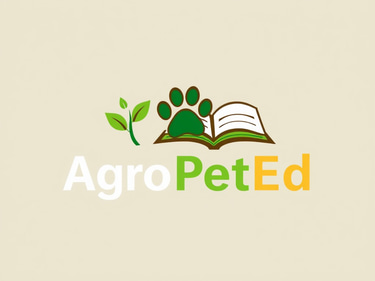
The Best Pastures for Livestock in Latin America: Ideal Conditions and Nutritional Composition.
Discover the Best Pastures for Livestock in Latin America: Ideal Growth Conditions, Nutritional Composition, Management, and Physiology Learn how to select the right pasture to maximize production and maintain livestock health.
PLANTS AND CROPSANIMAL PRODUCTION
1/20/20253 min read
Introduction
The selection of appropriate pastures is critical to success in livestock farming. In Latin America, the diverse climate and soil conditions offer numerous pasture options that can adapt to various environments. This article explores the best pastures for livestock, including ideal soil pH, altitude, temperature, rainfall, and sunlight conditions. It also analyzes factors such as usage, nutritional quality, toxicity, production potential, establishment, management, limitations of each pasture, physiology, and digestibility percentage.
1. Brachiaria brizantha
Common Names: Brachiaria, Brizantha Grass, Guinea Grass
Description: A high-yielding perennial pasture with excellent forage quality, widely used in tropical and subtropical regions.
Origin: Native to Africa but well-adapted to Latin American conditions.
Physiology: Features a deep root system for prolonged drought tolerance and robust regrowth capability, making it an excellent choice for continuous grazing.
Ideal Conditions
Soil pH: 5.0–6.5
Altitude: 0–2000 meters
Temperature: 22°C–30°C
Rainfall: 800–2000 mm/year
Light: Full sunlight
Nutritional Composition
Crude Protein: 8%–12%
Digestibility: 55%–65%
Dry Matter: 35%–40%
Usage and Management: Best suited for direct grazing and silage production. Proper management is needed to prevent overgrazing.
Cultivation: Propagated via seeds or stolons on well-prepared soil. Initial fertilization is recommended for effective establishment.
Limitations: Intolerant to highly acidic or waterlogged soils.
Production Potential: High dry matter yield, especially under optimal conditions.
Yield per Hectare: 10–15 tons of dry matter.
Minimum Fertilization: Nitrogen (50 kg/ha), Phosphorus (20 kg/ha), Potassium (40 kg/ha).
Pests and Diseases: Fall armyworm, rust.
2. Panicum maximum
Common Names: Guinea Grass, Cutting Grass, Mombasa Grass
Description: A fast-growing, high-yield pasture commonly used in cut-and-carry systems.
Origin: Originally from Africa, now widely distributed in Latin America.
Physiology: Highly adaptable to various climates, with an extensive root system for efficient nutrient extraction.
Ideal Conditions
Soil pH: 5.0–7.5
Altitude: 0–1500 meters
Temperature: 20°C–32°C
Rainfall: 1000–2500 mm/year
Light: Full sunlight
Nutritional Composition
Crude Protein: 8%–14%
Digestibility: 60%–70%
Dry Matter: 30%–35%
Usage and Management: Suitable for grazing, and cut-and-carry systems. Resistant to trampling and frequent cutting.
Cultivation: Established through seeds with good soil coverage. Minimum tillage is recommended to prevent soil erosion and retain moisture.
Limitations: Susceptible to pests and diseases in humid conditions.
Production Potential
Yield per Hectare: 15–20 tons of dry matter.
Minimum Fertilization: Nitrogen (60 kg/ha), Phosphorus (30 kg/ha), Potassium (50 kg/ha).
Pests and Diseases: Aphids, leaf spot.
3. Cynodon nlemfuensis
Common Names: African Star Grass, Star Grass
Description: A rapidly establishing pasture with high tolerance for intensive grazing, ideal for warm climates.
Origin: Native to Africa, introduced and improved in Latin America.
Physiology: Dense root systems provide resistance to trampling and rapid regrowth.
Ideal Conditions
Soil pH: 5.5–7.0
Altitude: 0–1200 meters
Temperature: 20°C–30°C
Rainfall: 800–2000 mm/year
Light: Full sunlight
Nutritional Composition
Crude Protein: 10%–12%
Digestibility: 58%–68%
Dry Matter: 35%–40%
Usage and Management: Ideal for rotational grazing and often combined with legumes to enhance forage quality.
Cultivation: Propagated via stolons or cuttings. Adequate watering during initial weeks is crucial for rooting.
Limitations:Requires well-drained soils and is vulnerable to frost in high-altitude regions.
Production Potential
Yield per Hectare: 8–12 tons of dry matter.
Minimum Fertilization: Nitrogen (40 kg/ha), Phosphorus (20 kg/ha), Potassium (30 kg/ha).
Pests and Diseases: Fall armyworm, rust.
4. Pennisetum purpureum
Common Names: Elephant Grass, King Grass, Napier Grass
Description: A tall, high-yield pasture ideal for cut-and-carry systems due to its exceptional biomass production.
Origin: Native to Africa, extensively grown in tropical and subtropical regions of Latin America.
Physiology: Vigorous growth, capable of reaching significant heights, making it suitable for high-forage production systems.
Ideal Conditions
Soil pH: 5.0–6.5
Altitude: 0–1800 meters
Temperature: 22°C–30°C
Rainfall: 1000–3000 mm/year
Light: Full sunlight
Nutritional Composition
Crude Protein: 8%–12%
Digestibility: 50%–60%
Dry Matter: 25%–30%
Usage and Management: Requires frequent cutting to maintain nutritional quality and prevent excessive lignification.
Cultivation: Propagated via cuttings or seeds in deep furrows, with initial fertilization to support growth.
Limitations: Sensitive to low temperatures and poorly drained soils.
Production Potential
Yield per Hectare: 25–30 tons of dry matter.
Minimum Fertilization: Nitrogen (70 kg/ha), Phosphorus (30 kg/ha), Potassium (50 kg/ha).
Pests and Diseases: Aphids, rust.
Conclusion
Selecting the right pasture for livestock in Latin America depends on various factors, including climate, soil type, and specific production needs. Understanding each pasture's characteristics, management, and nutritional composition is key to maximizing productivity and maintaining livestock health. With this guide, you can make informed decisions to enhance your livestock farming system.
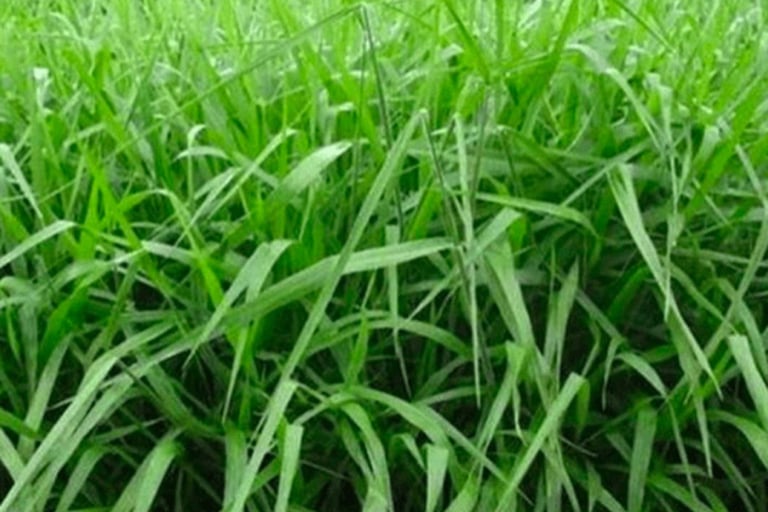

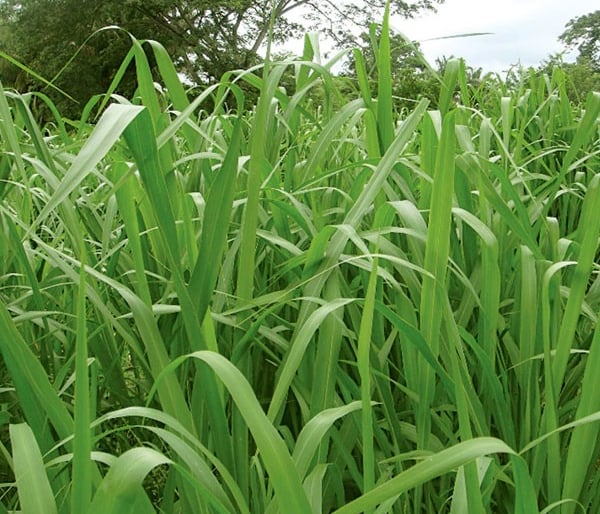

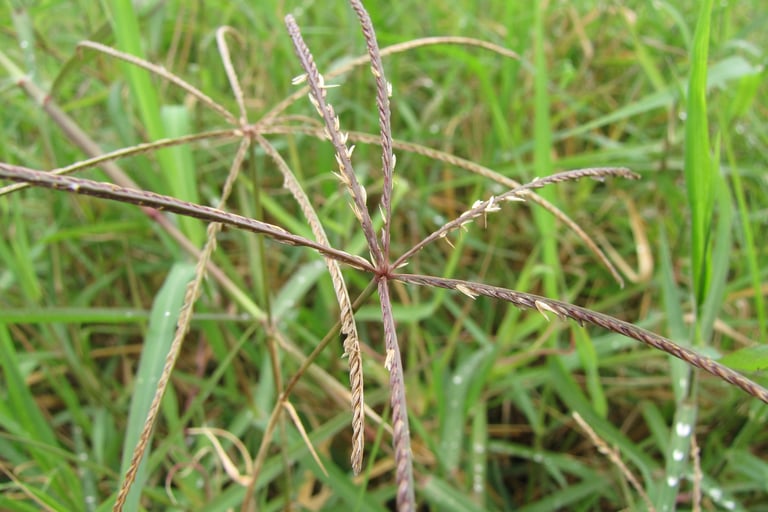

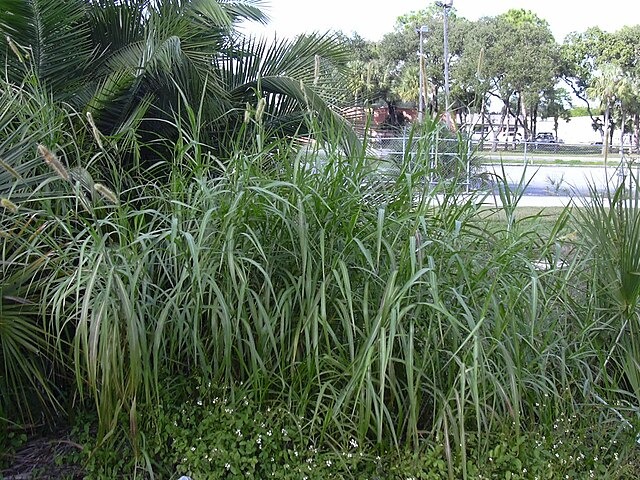

AgroPetEd
Information about animals and agricultural practices
© 2025. All rights reserved.
